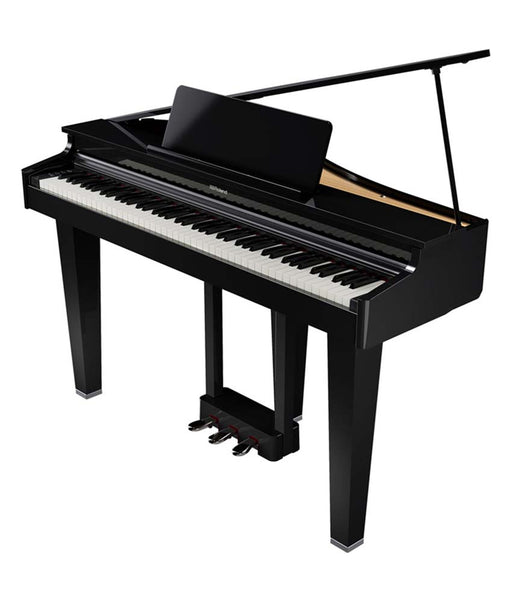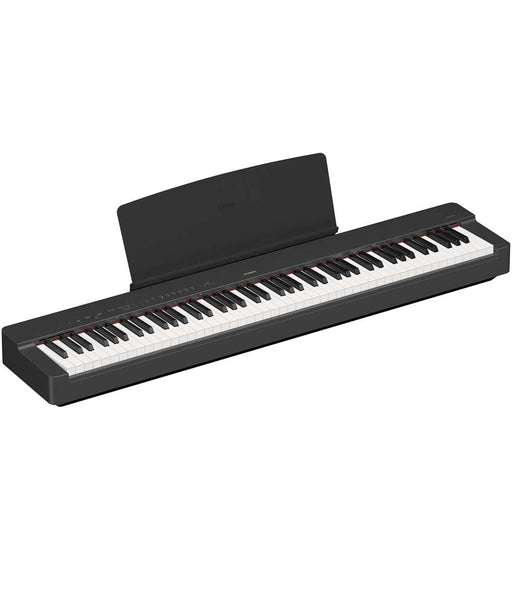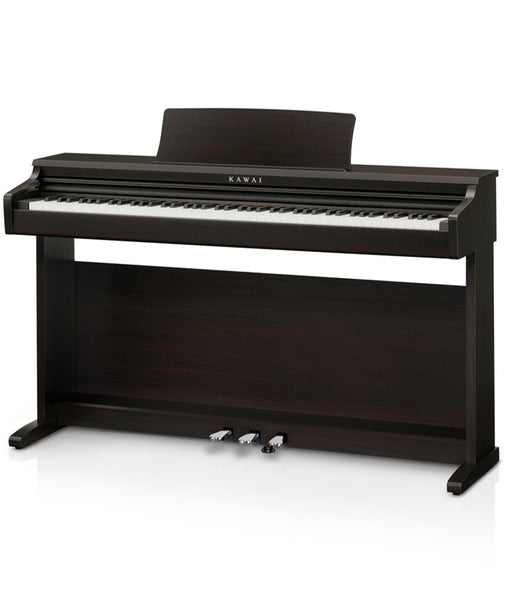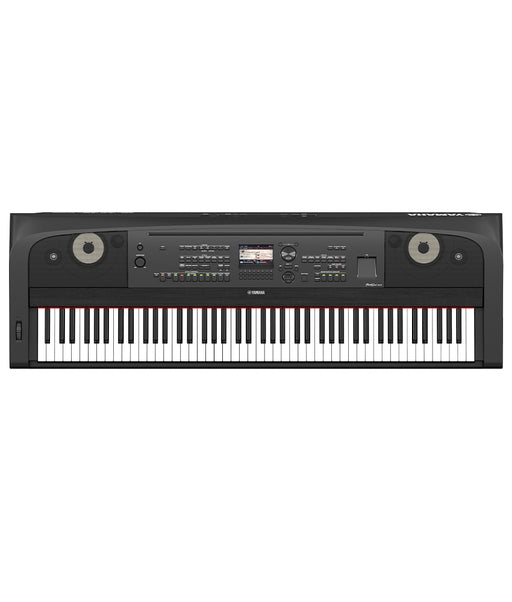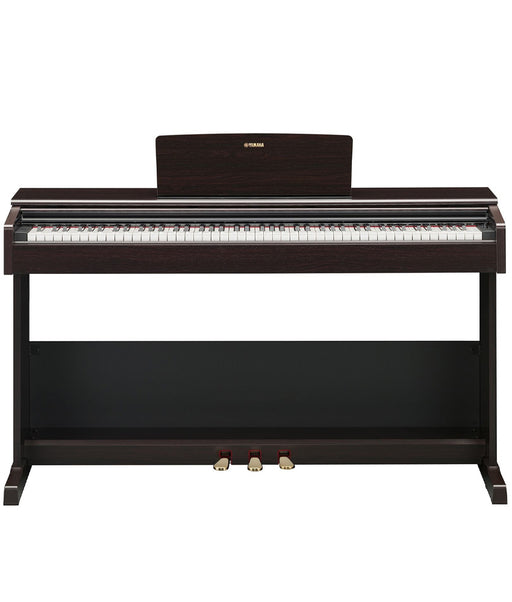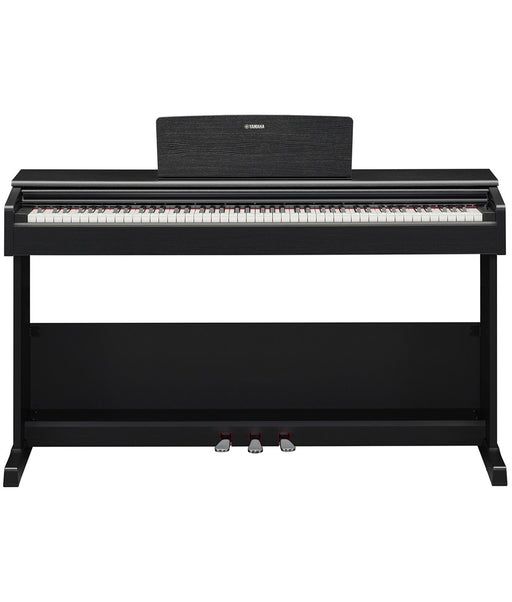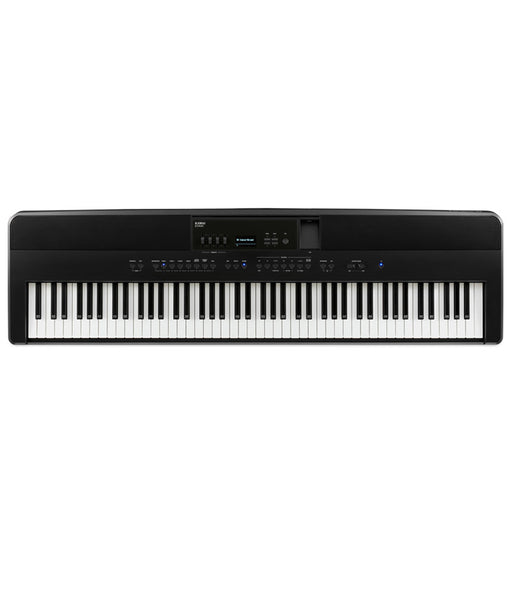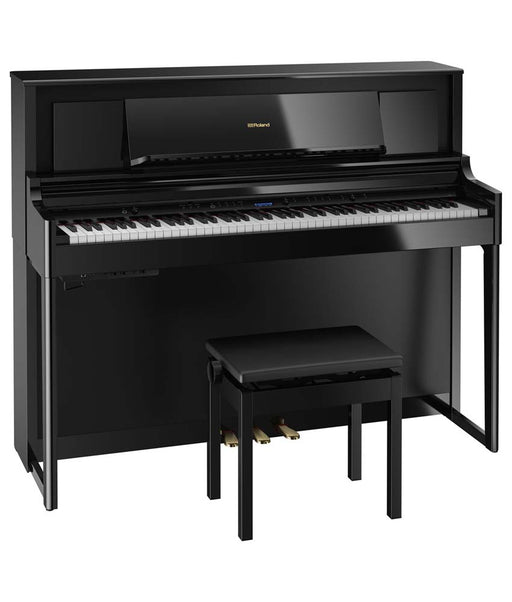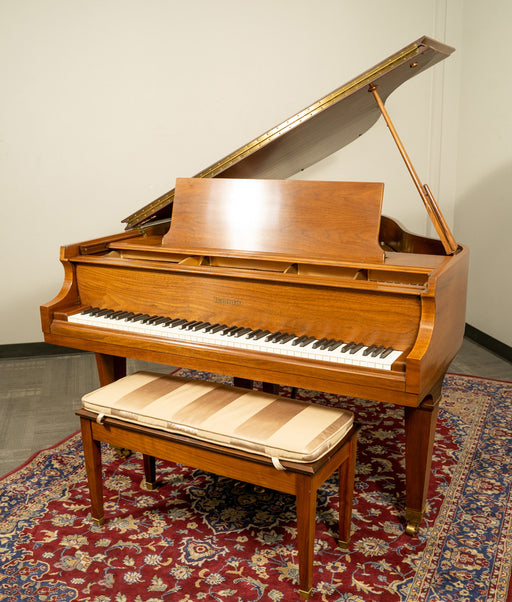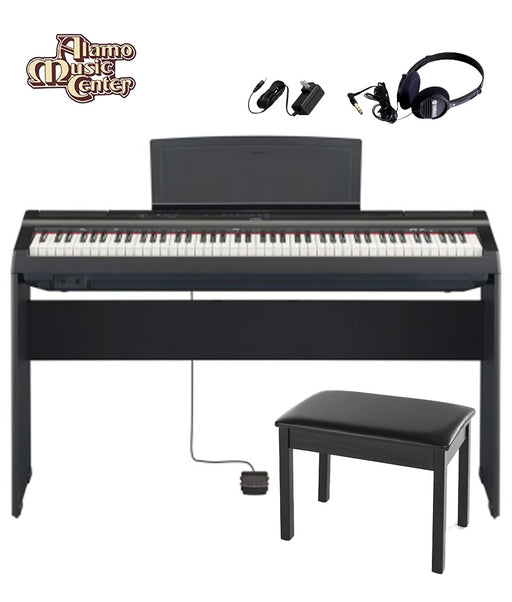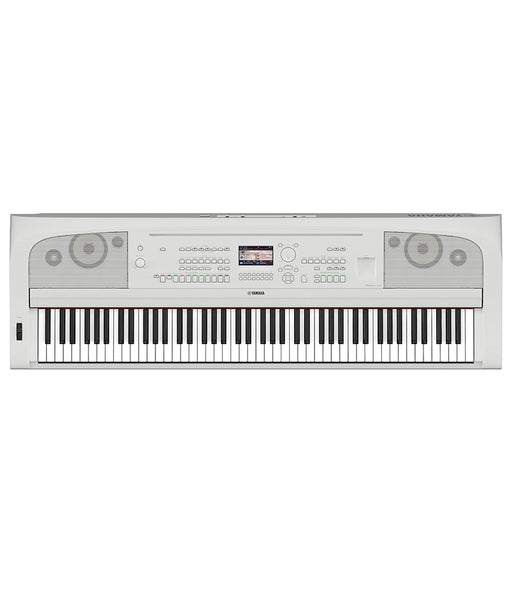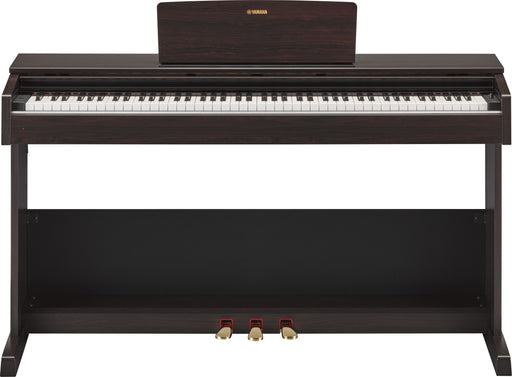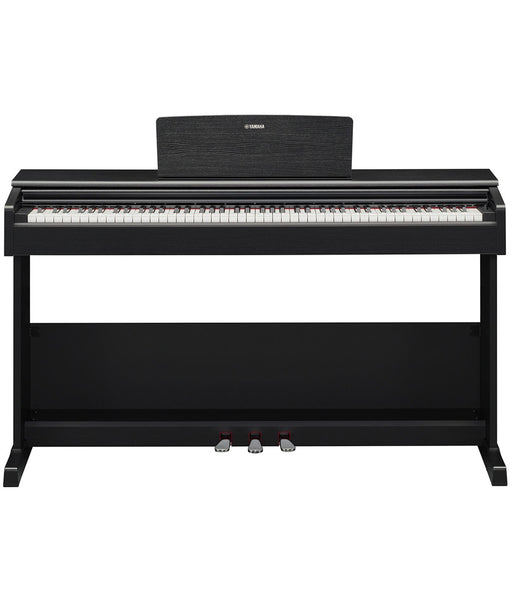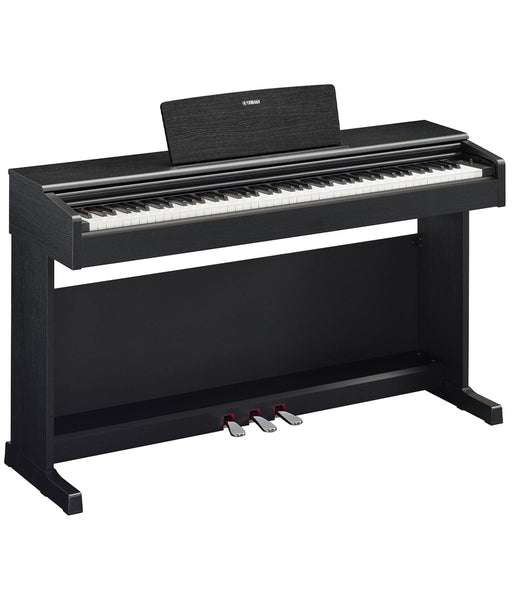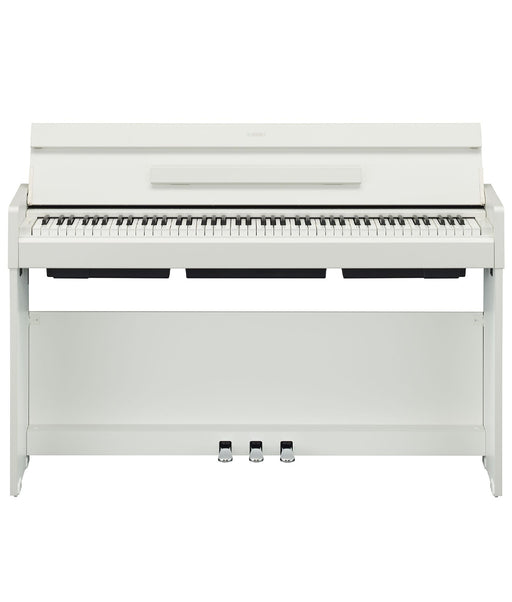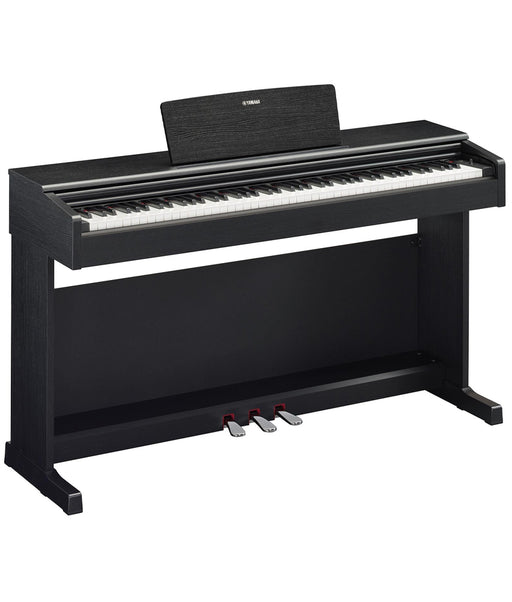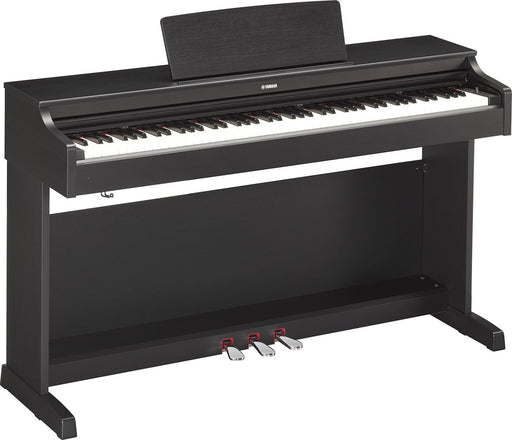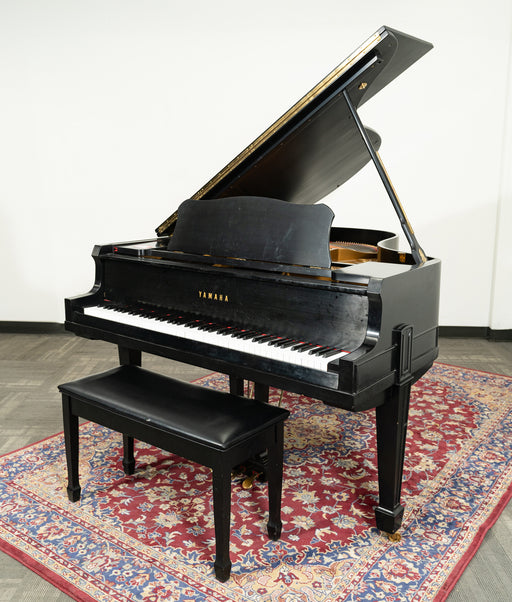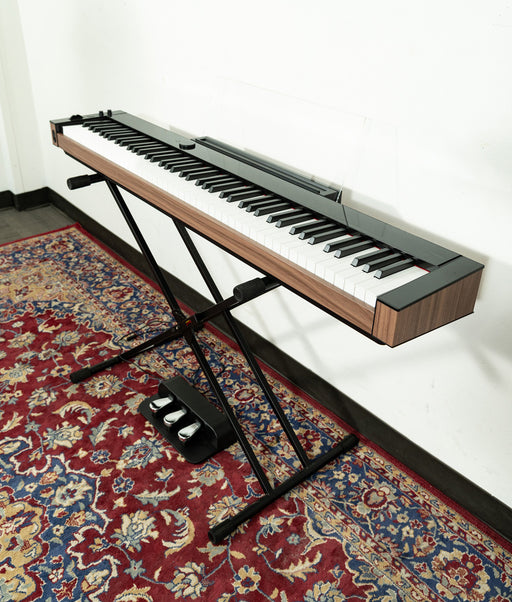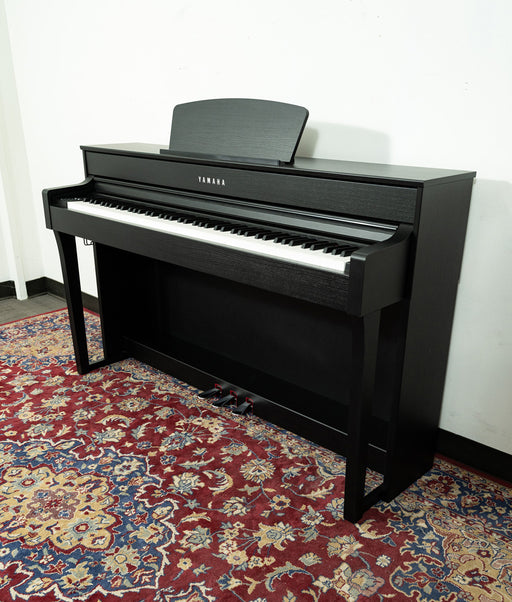Special Deals
Filters
- Accessories (7)
- Accordion Case (2)
- Accordion Straps (9)
- Accordions (151)
- Acoustic Guitar Pickups (1)
- Acoustic Guitars (170)
- Acoustic-Electric (288)
- Adapters and Breakout Cables (82)
- Apparel (2)
- Audio Interface (23)
- Band & Orchestra (20)
- Band and Orchestra (102)
- Bass Amplifiers (8)
- Bass Guitar (48)
- Brass Instrument Accessories (91)
- Brass Instruments (17)
- Cello (5)
- Clarinet (16)
- Clarinets (14)
- Classical & Nylon-String Guitars (2)
- Classical Guitars (36)
- Digital Pianos (136)
- DJ/Lighting (2)
- Drum Accessories (172)
- Drums (55)
- Electric Guitar Pickups (2)
- Electric Guitars (296)
- Electronic Drum Kit (3)
- Electronic Drums (4)
- Flutes (13)
- French Horn (4)
- Gifts & Accessories (49)
- Grand Piano (1)
- Grand Pianos (324)
- Guitar Accessories (94)
- Guitar Accessory Bundles (2)
- Guitar Amplifiers (58)
- Guitar Capo (32)
- Guitar Cases and Bags (16)
- Guitar Humidification (9)
- Guitar Parts (26)
- Guitar Pedal (8)
- Guitar Pedals & Effects (90)
- Guitar Picks (40)
- Guitar Slides (1)
- Guitar Stands and Hangers (10)
- Guitar String Winder (1)
- Guitar String Winders (4)
- Guitar Strings (139)
- Guitars (55)
- Guitars Cleaning and Polish (4)
- Hand Percussion (8)
- Harmonicas (9)
- Headphones (6)
- Hybrid Instruments (3)
- Instrument Cable (42)
- Interfaces (2)
- Kawai Digital Pianos (1)
- Keyboard Amplifiers (1)
- Keyboards (77)
- Low Brass (6)
- Mallets (19)
- Mariachi & Latin Guitars (9)
- Method Books (3)
- Microphone Accessories (1)
- Microphone Cable (12)
- Microphones (16)
- Midi Cables (2)
- Mixers (6)
- Orchestral String Instrument Accessories (55)
- Other Stringed Instruments (3)
- Pedalboard Patch Cables (6)
- Piano / Keyboard Accessories (62)
- Pianos (23)
- Portable / Arranger / Synth (54)
- Pre-Owned Upright Pianos (1)
- Pro Audio (80)
- Pro Audio Accessories (18)
- Pro Audio Stands (11)
- Saxophones (10)
- Signal Processing (19)
- Software (1)
- Speaker Cables (12)
- Speakers (10)
- Stringed Instruments (19)
- Strings (4)
- Trombone (6)
- Trumpet (20)
- Tuners And Metronomes (34)
- Ukuleles (37)
- Upright Bass (4)
- Upright Pianos (139)
- UPRIGHT PIANOS (77)
- Violas (4)
- Violins (13)
- Woodwind (48)
- Woodwind Instrument Accessories (161)
- Workstation Keyboards (1)
- Yamaha Clavinova (1)
- Alamo Music Center (8)
- Alvarez (0)
- Anacleto (0)
- Antigua Winds (0)
- Anton Breton (0)
- APM (0)
- Arturia (0)
- Audio-Technica (0)
- Bach (0)
- Bad Cat (0)
- Baldwin (52)
- Bergmann (7)
- Berp (0)
- Blackstar (0)
- Blessing (0)
- Boss (0)
- Buffet (0)
- Buffet Crampon (0)
- Casio (3)
- Chickering (8)
- Conn-Selmer (0)
- Cordoba (0)
- D'Addario (0)
- D'addario (0)
- DEG (0)
- Dunlop (0)
- Eastman (0)
- Elixir (0)
- Epiphone (0)
- Ernie Ball (0)
- Evans (0)
- Everest (0)
- Fender (0)
- Fiori (0)
- Focusrite (0)
- Furch (0)
- Gator (0)
- Gibraltar (0)
- Gibson (0)
- Gretsch (0)
- Guild (0)
- H. Jimenez (0)
- Henry (0)
- Herco (0)
- Hodge (0)
- Hohner (0)
- Hosa (0)
- Ibanez (0)
- J Remy (0)
- Kala (0)
- Kawai (135)
- Kimball (5)
- Knilling (0)
- Kohler & Campbell (12)
- Korg (0)
- Kyser (0)
- Latin Percussion (0)
- Lauren (0)
- LR Baggs (0)
- Marimba One (0)
- Martin (0)
- Mason & Hamlin (9)
- Mogami (0)
- Music Treasures (0)
- MXR (0)
- Neotech (0)
- Nord (0)
- On-Stage (0)
- Orange (0)
- Planet Waves (0)
- Players (0)
- PreSonus (0)
- PROformance (0)
- ProMark (0)
- Remo (0)
- Rico (0)
- Roland (17)
- Samick (9)
- Schilke (0)
- Selmer (0)
- Shigeru Kawai (12)
- Shure (0)
- Squier (0)
- Stagg (0)
- Steinberg (0)
- Steinway (14)
- Strymon (0)
- Super Sensitive (0)
- Taylor (0)
- Taylor Guitars (0)
- Universal Audio (0)
- Vandoren (0)
- Vic Firth (0)
- Vox (0)
- Warm Audio (0)
- Wurlitzer (4)
- Yamaha (105)
- Yamaha Guitars (0)
- Young Chang (10)
- Zildjian (0)
-
Roland GP-3 Digital Grand Piano Kit w/ Bench - Polished Ebony | New
Original price $3,999.99 - Original price $3,999.99Original price $3,999.99$3,999.99$3,999.99 - $3,999.99Current price $3,999.99| /Roland GP-3 Digital Grand Piano Kit w/ Bench - Polished Ebony Roland's GP-3 is the most compact and affordable grand in the acclaimed GP series, b...
View full details -
Yamaha P-225 88-Note Weighted Action Digital Piano - Black
Original price $749.99Original price $749.99 - Original price $749.99Original price $749.99Current price $699.99$699.99 - $699.99Current price $699.99| /Yamaha P-225 88-Note Weighted Action Digital Piano - BlackThe P-225 features the sounds of Yamaha's premier concert grand piano, the CFX, and uses ...
View full details -
Pre-Owned Kawai KDP120 Digital Home Piano - Rosewood | Used
Original price $1,799.00Original price $1,799.00 - Original price $1,799.00Original price $1,799.00Current price $1,255.00$1,255.00 - $1,255.00Current price $1,255.00| /Kawai's KDP120 is an excellent introduction to Kawai digital piano quality at an attractive price. The KDP120 delivers a touch that feels and respo...
View full details -
Yamaha DGX-670 88-key, Portable Grand Piano - Black
Original price $1,299.00Original price $1,299.00 - Original price $1,299.00Original price $1,299.00Current price $849.99$849.99 - $849.99Current price $849.99| /Yamaha DGX670 88-key, Portable Grand Piano, includes PA150 power adapter and sustain pedal • CFX Stereo Sampling faithfully reproduces the sound o...
View full details -
Yamaha YDP-105 Entry Level Arius Traditional Console Digital Piano w/ Bench - Rosewood
Original price $1,399.00Original price $1,399.00 - Original price $1,399.00Original price $1,399.00Current price $1,099.99$1,099.99 - $1,099.99Current price $1,099.99| /Yamaha's ARIUS YDP-105 is designed in the tradition of classic piano craftsmanship, making it the centerpiece of any room. Enjoy all of the benefit...
View full details -
Yamaha YDP-105 Entry Level Arius Traditional Console Digital Piano w/ Bench - Black Walnut
Original price $1,399.00Original price $1,399.00 - Original price $1,399.00Original price $1,399.00Current price $1,099.99$1,099.99 - $1,099.99Current price $1,099.99| /Yamaha's ARIUS YDP-105 is designed in the tradition of classic piano craftsmanship, making it the centerpiece of any room. Enjoy all of the benefit...
View full details -
Kawai ES920 88-Key Digital Piano - Black
Original price $2,699.00Original price $2,699.00 - Original price $2,699.00Original price $2,699.00Current price $1,899.00$1,899.00 - $1,899.00Current price $1,899.00| /The all-new ES920 portable digital piano is the next generation in Kawai's highly regarded ES series. Powerful, compact, and amazingly lightweight ...
View full details -
Roland LX706 Digital Piano Kit w/ Stand and Bench - Polished Ebony | New
Original price $5,599.99 - Original price $5,599.99Original price $5,599.99$5,599.99$5,599.99 - $5,599.99Current price $5,599.99| /Roland LX706 Digital Piano Kit w/ Stand and Bench - Polished Ebony For players investigating the Roland LX700 series and looking for the right bal...
View full details -
Baldwin 5'2" Model M Grand Piano | Satin Walnut | SN: 247382 | Used
Original price $13,000.00Original price $13,000.00 - Original price $13,000.00Original price $13,000.00Current price $10,000.00$10,000.00 - $10,000.00Current price $10,000.00| /Baldwin Model M Satin Walnut Grand Piano w/ bench -Brand: Baldwin -Model: Model M -Serial # 247382 -Finish: Satin Walnut -Condition: Very Good...
View full details -
Yamaha P-125A Black Digital Piano Bundle w/ Bench and Stand
Original price $1,338.00Original price $1,338.00 - Original price $1,338.00Original price $1,338.00Current price $984.98$984.98 - $984.98Current price $984.98| /This Bundle has everything you need to comfortably get started practicing and playing on your new Yamaha P-152A Digital Piano. BUNDLE INCLUDES:Yam...
View full details -
Pre-Owned Yamaha DGX-670 88-key Portable Grand Piano, White | Used
Original price $1,299.00Original price $1,299.00 - Original price $1,299.00Original price $1,299.00Current price $699.00$699.00 - $699.00Current price $699.00| /Pre-Owned Yamaha DGX-670 88-key Portable Grand Piano, White Yamaha DGX-670 88-key, Portable Grand Piano, includes PA150 power adapter and sustain ...
View full details -
Pre-Owned Yamaha YDP-103 Arius Console Digital Piano w/ Bench
Original price $1,299.00Original price $1,299.00 - Original price $1,299.00Original price $1,299.00Current price $699.00$699.00 - $699.00Current price $699.00| /Rosewood finish The Graded Hammer Standard (GHS) 88-key piano keyboard provides a heavier touch in the low end and lighter touch in the high end, ...
View full details -
Pre-Owned Yamaha YDP-105 Entry Level Arius-Traditional Console Digital Piano with Bench - Black Walnut
Original price $1,399.00Original price $1,399.00 - Original price $1,399.00Original price $1,399.00Current price $899.00$899.00 - $899.00Current price $899.00| /Yamaha's ARIUS YDP-105 is designed in the tradition of classic piano craftsmanship, making it the centerpiece of any room. Enjoy all of the benefit...
View full details -
Yamaha Arius YDP-145 Traditional Console Digital Piano w/ Bench - Black Walnut
Original price $1,599.00Original price $1,599.00 - Original price $1,599.00Original price $1,599.00Current price $1,299.99$1,299.99 - $1,299.99Current price $1,299.99| /The Yamaha Arius YDP-145 digital piano provides authentic acoustic piano touch and tone suitable for any aspiring pianist. The Graded Hammer Standa...
View full details -
Yamaha Arius YDP-S35 Slim 88-Note Console Digital Piano, White Walnut | New
Original price $1,499.00Original price $1,499.00 - Original price $1,499.00Original price $1,499.00Current price $1,199.99$1,199.99 - $1,199.99Current price $1,199.99| /Yamaha Arius YDP-S35 Slim 88-Note Console Digital Piano is a slim size, 88-key model of the ARIUS digital piano featuring a weighted action keyboa...
View full details -
Pre-Owned Yamaha Arius YDP-145 Console Digital Piano w/ Bench - Black Walnut | Used
Original price $1,599.00Original price $1,599.00 - Original price $1,599.00Original price $1,599.00Current price $899.00$899.00 - $899.00Current price $899.00| /The Yamaha Arius YDP-145 digital piano provides authentic acoustic piano touch and tone suitable for any aspiring pianist. The Graded Hammer Standa...
View full details -
Pre-Owned Yamaha Arius YDP-163 Digital Piano Black Walnut | Used
Original price $1,999.00Original price $1,999.00 - Original price $1,999.00Original price $1,999.00Current price $999.00$999.00 - $999.00Current price $999.00| /The best digital piano is one that can grow with a musician as they progress. When a pianist's skill level rises, they require a keyboard action bu...
View full details -
Baldwin 7' Model F Grand Piano | Satin Ebony | SN: 102100 | Used
Original price $11,000.00Original price $11,000.00 - Original price $11,000.00Original price $11,000.00Current price $10,000.00$10,000.00 - $10,000.00Current price $10,000.00| /Baldwin 7' Model F Satin Ebony Grand Piano -Brand: Baldwin -Model: Model F -Serial #: 102100 -Finish: Satin Ebony -Condition: Fair In their prime...
View full details -
Yamaha Model 158 Grand Piano | Satin Ebony | SN: 69571 | Used
Original price $8,000.00Original price $8,000.00 - Original price $8,000.00Original price $8,000.00Current price $6,000.00$6,000.00 - $6,000.00Current price $6,000.00| /Yamaha Model 158 Satin Ebony Grand Piano -Brand: Yamaha -Model: Model 158 -Serial #: 69571 -Finish: Satin Ebony -Condition: Very Good For over a ...
View full details -
Pre-Owned Casio PX-S6000 Privia Slim 88-Key Digital Piano w/ Stand and Pedals | Used
Original price $2,399.99Original price $2,399.99 - Original price $2,399.99Original price $2,399.99Current price $1,495.00$1,495.00 - $1,495.00Current price $1,495.00| /Pre-Owned Casio PX-S6000 Privia Slim 88-Key Digital Piano w/ Stand and Pedals Casio's Privia PX-S6000's sophisticated and minimalist style reimagi...
View full details -
Yamaha Clavinova CLP-635 Digital Piano | Satin Black | SN: UCZX01102 | Used
Original price $2,999.00Original price $2,999.00 - Original price $2,999.00Original price $2,999.00Current price $1,900.00$1,900.00 - $1,900.00Current price $1,900.00| /Yamaha Clavinova CLP-635 Satin Black Digital Piano -Brand: Yamaha Clavinova -Model: CLP-635 -Serial #: UCZX01102 -Finish: Satin Black -Condition: ...
View full details -
Sojin Baby Grand Piano | Polished Mahogany | SN: G024349 | Used
Original price $7,000.00Original price $7,000.00 - Original price $7,000.00Original price $7,000.00Current price $6,000.00$6,000.00 - $6,000.00Current price $6,000.00| /Sojin Polished Mahogany Baby Grand Piano-Brand: Sojin-Serial #: G024349-Finish: Polished Mahogany-Condition: Very GoodBuilt in 1964 but later merg...
View full details -
Young Chang G-150 Grand Piano | Satin Ebony | SN: G062850 | Used
Original price $0.00 - Original price $0.00Original price $0.00$8,000.00$8,000.00 - $8,000.00Current price $8,000.00| /Young Chang TG-150 Polished Baby Grand Piano -Brand: Young Chang -Model: G-150 -Serial #: G062850 -Finish: Satin Ebony -Condition: Very Good Cons...
View full details -
Kawai 5'11" GX-2 BLAK Grand Piano w/ QRS System | Polished Ebony | SN: 2772458 | Used
Original price $60,000.00Original price $60,000.00 - Original price $60,000.00Original price $60,000.00Current price $49,999.00$49,999.00 - $49,999.00Current price $49,999.00| /Kawai 5'11" GX-2 BLAK Polished Ebony Grand Piano w/ QRS System-Brand: Kawai-Model: GX-2 BLAK w/ QRS System-Serial #: 2772458-Finish: Polished Ebon...
View full details

